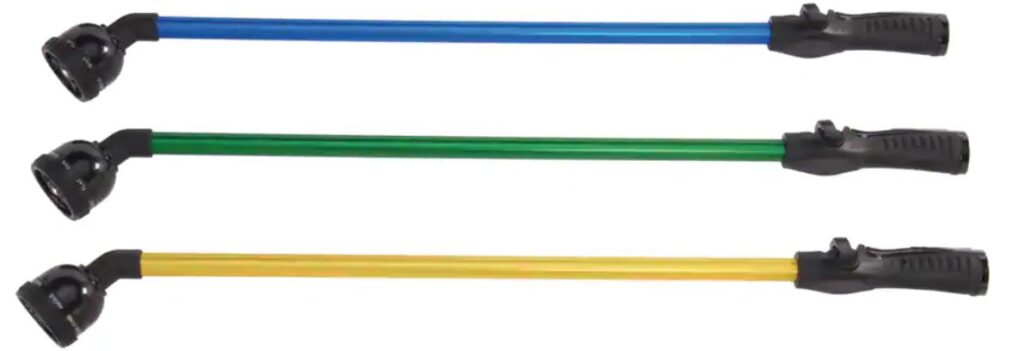What Are Flowering Perennials?
A flowering perennial, a true marvel of nature, is an outdoor plant that lives for more than two years. Perennials emerge in the spring after the snow has melted and temperatures have warmed; they flower at different times throughout the season, painting the landscape with their vibrant hues, and die back to the ground in late fall as temperatures cool, only to re-emerge the following spring. Typically, perennials have little or no woody stems; instead, they have herbaceous, soft, and tender stems and stalks.
Perennial flowers can survive being planted in the wrong location; however, they cannot survive without water.
Perennials need extra care with all the wild and wacky weather we have been experiencing. No matter how long a perennial has been ‘in the ground,’ there will be times when you will need to provide supplementary water.
Here is my list of the times you need to provide supplementary water for perennials:
- During times of drought, when perennials haven’t received a significant amount of rain for five or more days, they need water – this applies for the entire growing season, no matter how long a perennial has been in the ground.
- During times of extreme heat, when the temperature rises, so does the need for water, as perennials have to work harder when it’s hot.
- When we have little or no spring rain to start the growing season, perennials need extra water to grow and develop new stems and buds. If we have above-average temperatures in April and May, perennials must be watered in April and May.
- Gardeners need to remember to water in the fall. I know temperatures are cooler in the fall, but perennial roots continue to grow, so make sure to water.
- Any new perennial planting needs water for the first few growing months to develop deep, strong roots.
How to Water Perennials | Watering Tips
Watering perennials with a light sprinkle does not promote strong root growth. Instead, it can break down flower blooms and lead to the growth of diseases on the foliage. It’s essential to water deeply at the root level to ensure that perennials receive a thorough and nourishing drink.

- Water in the morning, when possible, before the day’s heat. With my schedule, I can’t make the morning watering work, so I’m a ‘water in the evening person,’ which is the second best time to water. Watering in the day’s heat can lead to scorch (sunburn) on foliage, or the water evaporates before it even gets to the plant.
- Use a watering wand, not a jet spray nozzle. I love a good ‘long-handled watering wand’ (a gardener’s best friend). Place the wand alongside the perennial at ground level and water it. Try to keep water away from plant flowers or leaves. Just a note: a jet spray nozzle can blow flowers and flower buds off perennials, defeating the purpose of growing a flowering garden.
- I use the 1-2-3 watering method. Water the first perennial, then the second perennial, then the third perennial, then go back and water the first, second, and third perennial again. Move on to the following three perennials and repeat. The goal is to get water to the plant roots. If you water the same plant at least twice, you will likely achieve this goal. Yes, this watering method takes a bit of extra time. However, it is well worth the effort when your perennials thrive and bloom without damage or disease.
- You can’t rely on rain to provide enough water for your perennial gardens. Mother Nature has a sense of humour. She produces tons of rain in one month, while in the next month, there is nothing. Perennials need at least one inch of water weekly to thrive in seasonal temperatures. During times of heat or drought, perennials need at least two to three inches of water per week. Remember: If you’re hot outside, chances are your perennials also feel the heat.
- If you stick your finger into the soil beside the perennial about one inch down and the soil is dry, you need to water.
- If you see perennials wilting, you need to water them. Perennials with wilting foliage, particularly in the evening, are a sure sign they need water.
- You don’t have to water every day; just water deeply. Light, frequent watering tends to produce shallow-rooted perennials that struggle in our cold winters and hot summers. Water at least once per week and water deeply. Perennials with deep, strong-reaching roots not only survive but also thrive.
Final Thoughts
It’s really easy to under-water perennials. It’s pretty hard to over-water perennials. Watering is the key to having a successful, beautifully flowering perennial garden. Take the time to tend to your gardens by watering correctly.
Lexi Dearborn
The Gabby Gardener
June 2022
